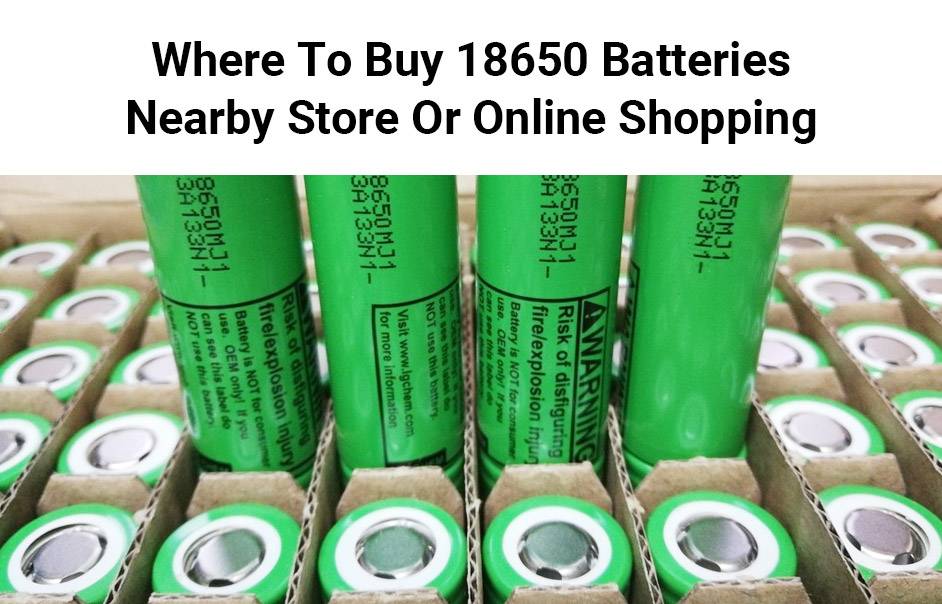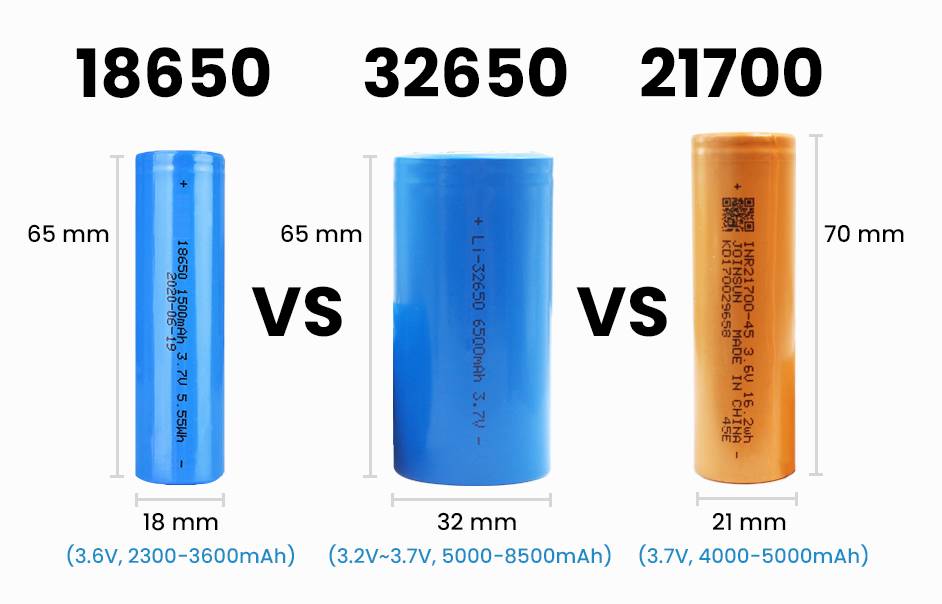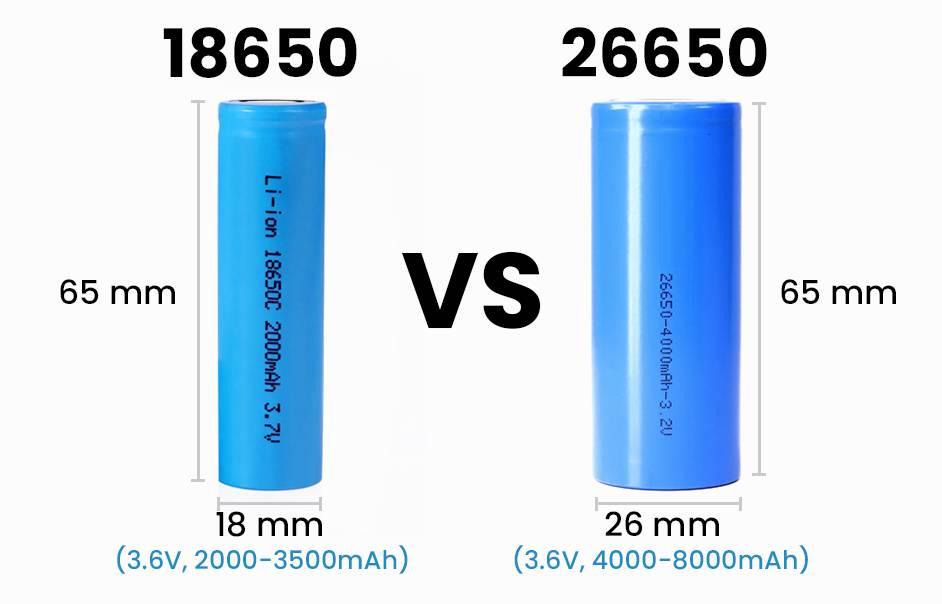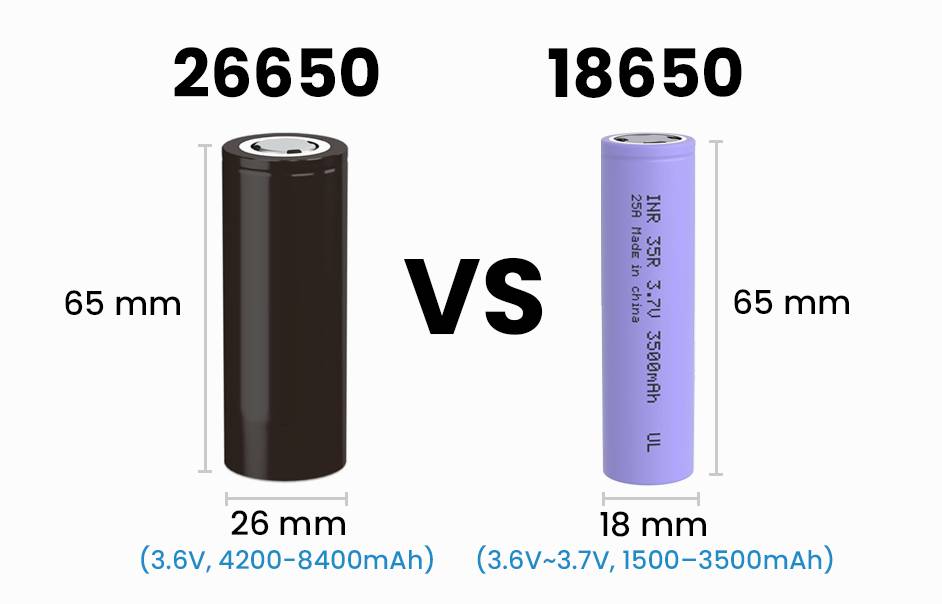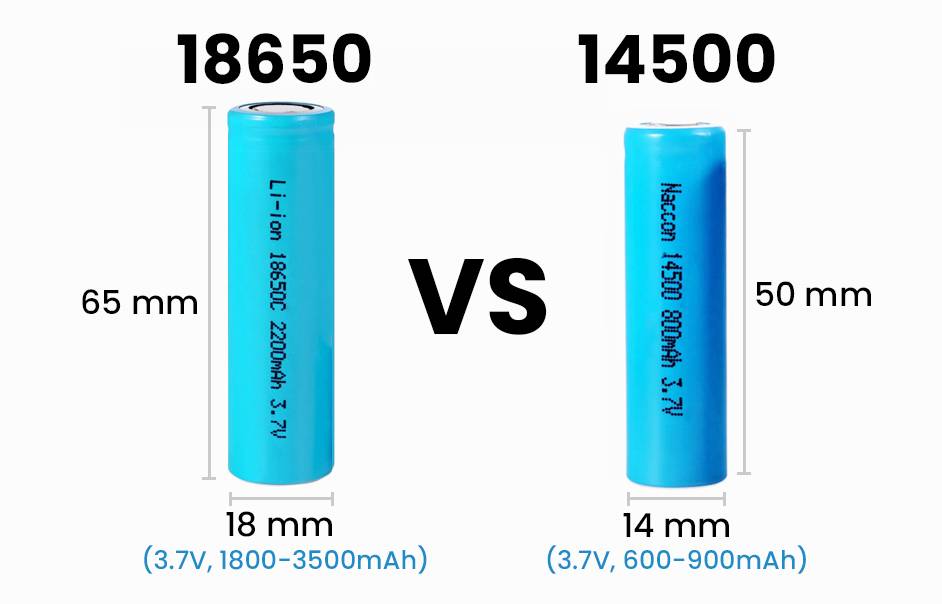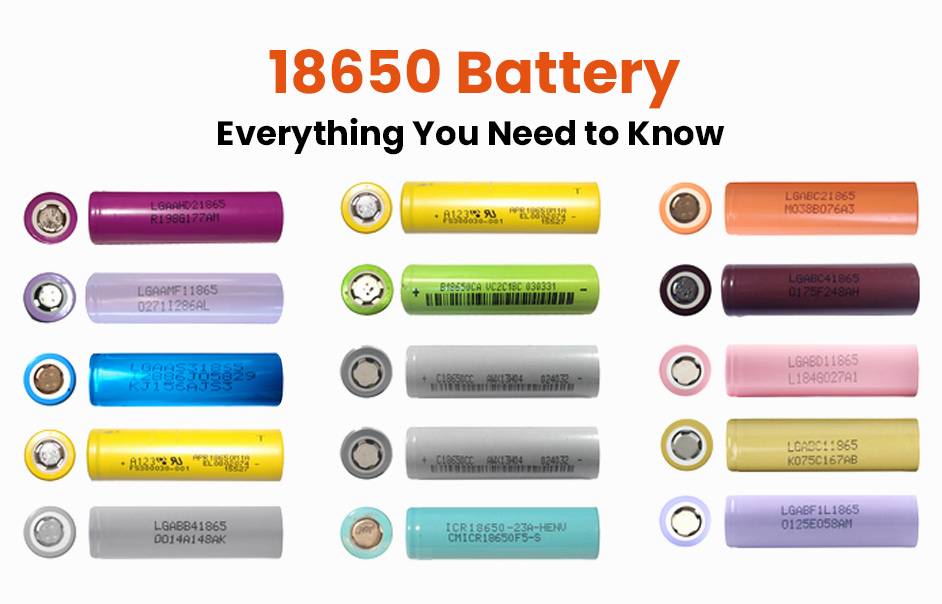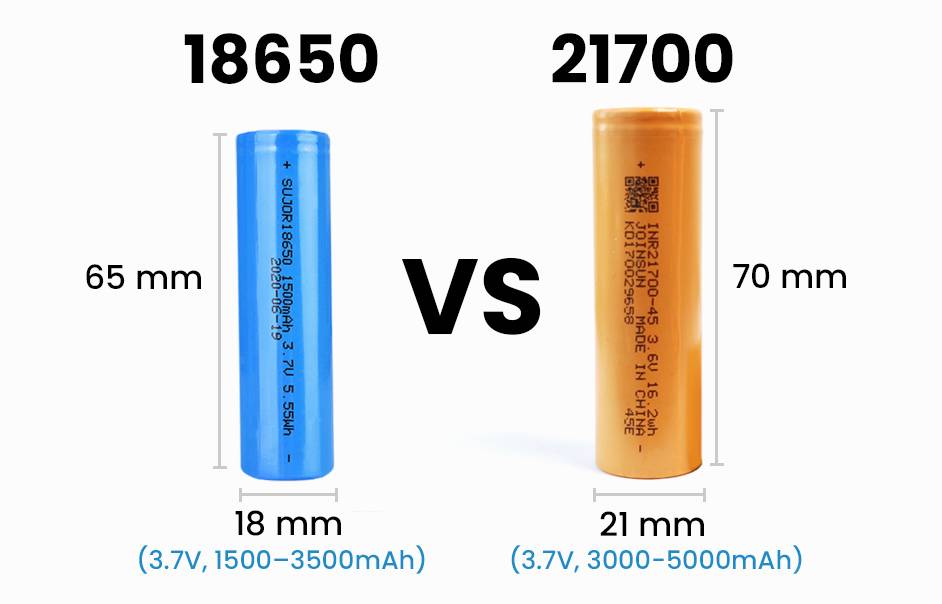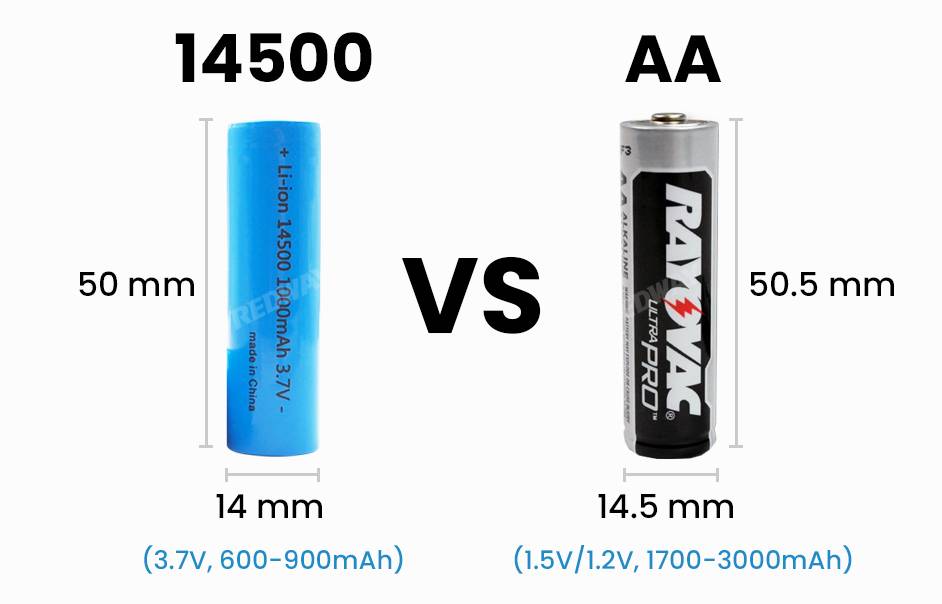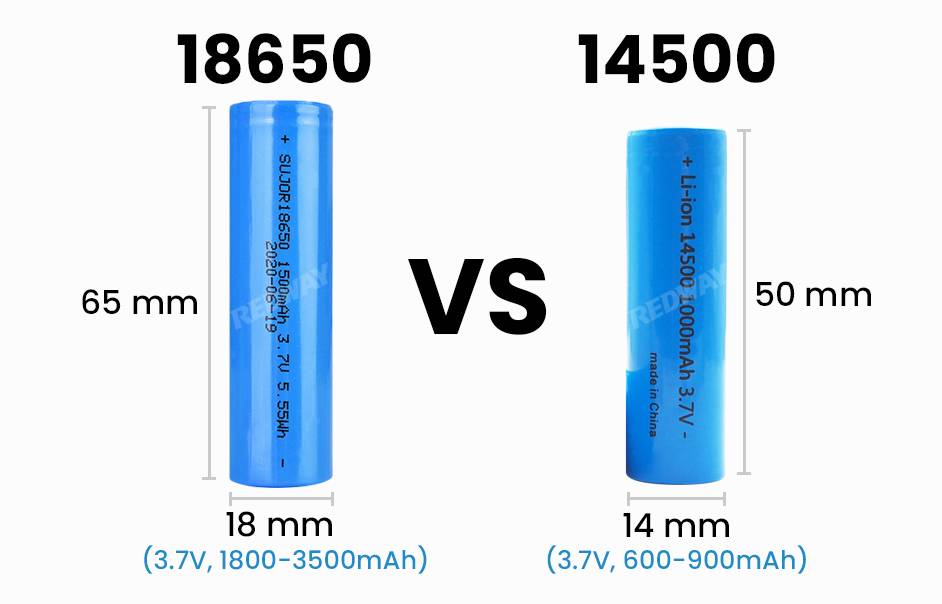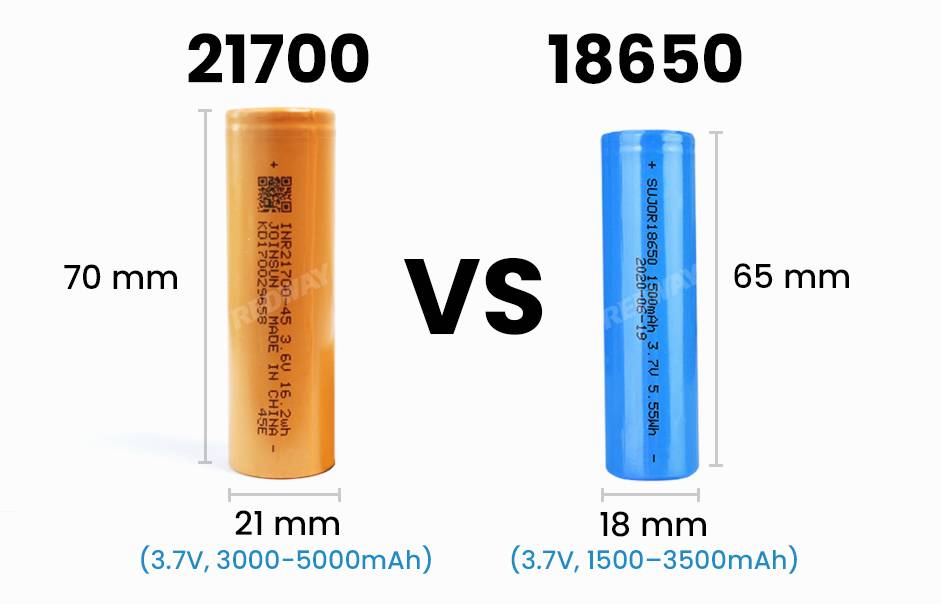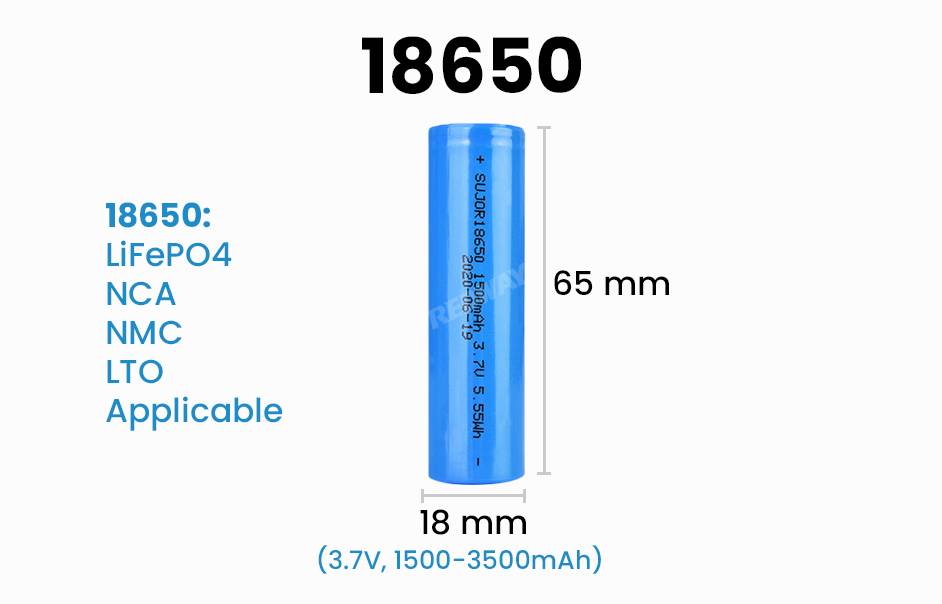- Forklift Lithium Battery
-
48V
- 48V 210Ah
- 48V 300Ah
- 48V 420Ah (949 x 349 x 569 mm)
- 48V 420Ah (950 x 421 x 450 mm)
- 48V 456Ah
- 48V 460Ah (830 x 630 x 590 mm)
- 48V 460Ah (950 x 421 x 450 mm)
- 48V 460Ah (800 x 630 x 600 mm)
- 48V 460Ah (820 x 660 x 470 mm)
- 48V 500Ah
- 48V 560Ah (810 x 630 x 600 mm)
- 48V 560Ah (950 x 592 x 450 mm)
- 48V 600Ah
- 48V 630Ah
-
48V
- Lithium Golf Cart Battery
- 12V Lithium Battery
12V 150Ah Lithium RV Battery
Bluetooth App | BCI Group 31
LiFePO4 Lithium
Discharge Temperature -20°C ~ 65°C
Fast Charger 14.6V 50A
Solar MPPT Charging - 24V Lithium Battery
- 36V Lithium Battery
- 48V Lithium Battery
-
48V LiFePO4 Battery
- 48V 50Ah
- 48V 50Ah (for Golf Carts)
- 48V 60Ah (8D)
- 48V 100Ah (8D)
- 48V 100Ah
- 48V 100Ah (Discharge 100A for Golf Carts)
- 48V 100Ah (Discharge 150A for Golf Carts)
- 48V 100Ah (Discharge 200A for Golf Carts)
- 48V 150Ah (for Golf Carts)
- 48V 160Ah (Discharge 100A for Golf Carts)
- 48V 160Ah (Discharge 160A for Golf Carts)
-
48V LiFePO4 Battery
- 60V Lithium Battery
-
60V LiFePO4 Battery
- 60V 20Ah
- 60V 30Ah
- 60V 50Ah
- 60V 50Ah (Small Size / Side Terminal)
- 60V 100Ah (for Electric Motocycle, Electric Scooter, LSV, AGV)
- 60V 100Ah (for Forklift, AGV, Electric Scooter, Sweeper)
- 60V 150Ah (E-Motocycle / E-Scooter / E-Tricycle / Tour LSV)
- 60V 200Ah (for Forklift, AGV, Electric Scooter, Sweeper)
-
60V LiFePO4 Battery
- 72V~96V Lithium Battery
- Rack-mounted Lithium Battery
- E-Bike Battery
- All-in-One Home-ESS
- Wall-mount Battery ESS
-
Home-ESS Lithium Battery PowerWall
- 24V 100Ah 2.4kWh PW24100-S PowerWall
- 48V 50Ah 2.4kWh PW4850-S PowerWall
- 48V 50Ah 2.56kWh PW5150-S PowerWall
- 48V 100Ah 5.12kWh PW51100-F PowerWall (IP65)
- 48V 100Ah 5.12kWh PW51100-S PowerWall
- 48V 100Ah 5.12kWh PW51100-H PowerWall
- 48V 200Ah 10kWh PW51200-H PowerWall
- 48V 300Ah 15kWh PW51300-H PowerWall
PowerWall 51.2V 100Ah LiFePO4 Lithium Battery
Highly popular in Asia and Eastern Europe.
CE Certification | Home-ESS -
Home-ESS Lithium Battery PowerWall
- Portable Power Stations
What You Need to Know About 18650 and 14500 Batteries
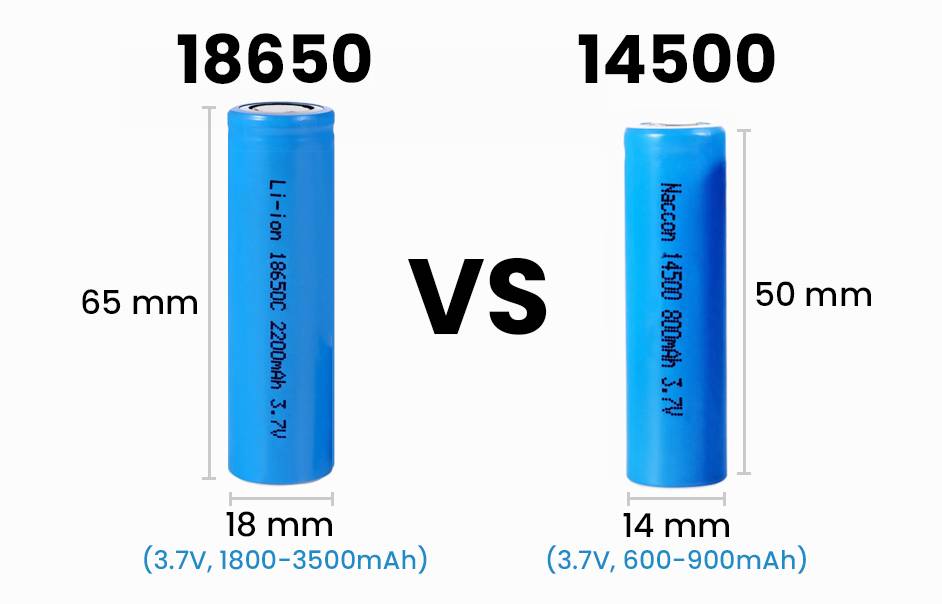
The 18650 and 14500 batteries are popular lithium-ion battery types used in various applications. Understanding their specifications, advantages, and best uses is essential for selecting the right battery for your needs.
What Are the Specifications of 18650 and 14500 Batteries?
The specifications of these two battery types differ significantly:
- 18650 Battery:
- Size: 18mm diameter x 65mm height
- Nominal Voltage: Typically 3.7V
- Capacity: Ranges from 1200mAh to over 3500mAh
- 14500 Battery:
- Size: 14mm diameter x 50mm height
- Nominal Voltage: Generally 3.7V
- Capacity: Typically between 600mAh to 1200mAh
Chart: Specifications Comparison
| Battery Type | Dimensions (mm) | Nominal Voltage (V) | Capacity (mAh) |
|---|---|---|---|
| 18650 | 18 x 65 | ~3.7 | 1200 – >3500 |
| 14500 | 14 x 50 | ~3.7 | 600 – >1200 |
How Do the Capacities of 18650 and 14500 Batteries Compare?
When comparing capacities:
- The 18650 battery generally offers a higher capacity, making it suitable for devices that require more energy over longer periods.
- The 14500 battery, while smaller, is ideal for compact devices where space is a constraint but may not last as long under heavy use.
Chart: Capacity Comparison
| Battery Type | Typical Capacity Range (mAh) |
|---|---|
| 18650 | 1200 – >3500 |
| 14500 | 600 – >1200 |
What Are the Advantages of Using 18650 Batteries?
The advantages of using 18650 batteries include:
- Higher Energy Density: They can store more energy per unit weight, making them ideal for high-performance applications.
- Longer Lifespan: Typically have a longer cycle life compared to smaller batteries.
- Versatility: Widely used in laptops, electric vehicles, power tools, and other high-drain devices.
Chart: Advantages of Using 18650 Batteries
| Advantage | Description |
|---|---|
| Higher Energy Density | More energy stored in less space |
| Longer Lifespan | More charge cycles before significant degradation |
| Versatility | Suitable for a wide range of applications |
What Are the Advantages of Using 14500 Batteries?
The advantages of using 14500 batteries include:
- Compact Size: Their smaller dimensions make them ideal for portable devices where space is limited.
- Cost-Effective: Generally less expensive than larger battery types.
- Compatibility with AA Devices: The size is similar to AA batteries, allowing them to be used in devices designed for AA power sources.
Chart: Advantages of Using 14500 Batteries
| Advantage | Description |
|---|---|
| Compact Size | Ideal for space-constrained devices |
| Cost-Effective | Lower initial cost compared to larger batteries |
| Compatibility | Fits in many devices designed for AA batteries |
What Applications Are Best Suited for Each Battery Type?
The applications vary based on the strengths of each battery type:
- 18650 Batteries: Commonly used in laptops, electric vehicles, high-powered flashlights, and power tools due to their high capacity.
- 14500 Batteries: Often found in smaller devices like flashlights, digital cameras, remote controls, and toys where space is a premium.
Chart: Application Suitability
| Battery Type | Common Applications |
|---|---|
| 18650 | Laptops, electric vehicles, power tools |
| 14500 | Flashlights, digital cameras, remote controls |
Tips for Battery Wholesale Buyers: How to Choose a Reliable Manufacturer?
When considering wholesale purchases or OEM orders for batteries, it’s crucial to choose a reliable manufacturer. Here are some tips:
- Research Manufacturer Reputation: Look for established companies like Redway Power, known for quality and reliability.
- Evaluate Product Range: Ensure they offer various battery types suitable for your needs.
- Check Certifications: Confirm compliance with industry standards.
For OEM orders from a reputable manufacturer like Redway Power, which has over 13 years of experience in lithium battery manufacturing, ensure clear communication regarding specifications and delivery timelines. This approach helps secure high-quality products that serve as excellent alternatives to lead-acid batteries.
Redway Power Expert Views
“Understanding the differences between battery types is crucial for selecting the right one for your application. Both the 18650 and the 14500 have unique benefits that cater to different needs,” states an expert from Redway Power.
How to Extend Battery Lifespan?
Ensuring a longer lifespan for your batteries involves simple yet crucial practices. Let’s break down the key tips:
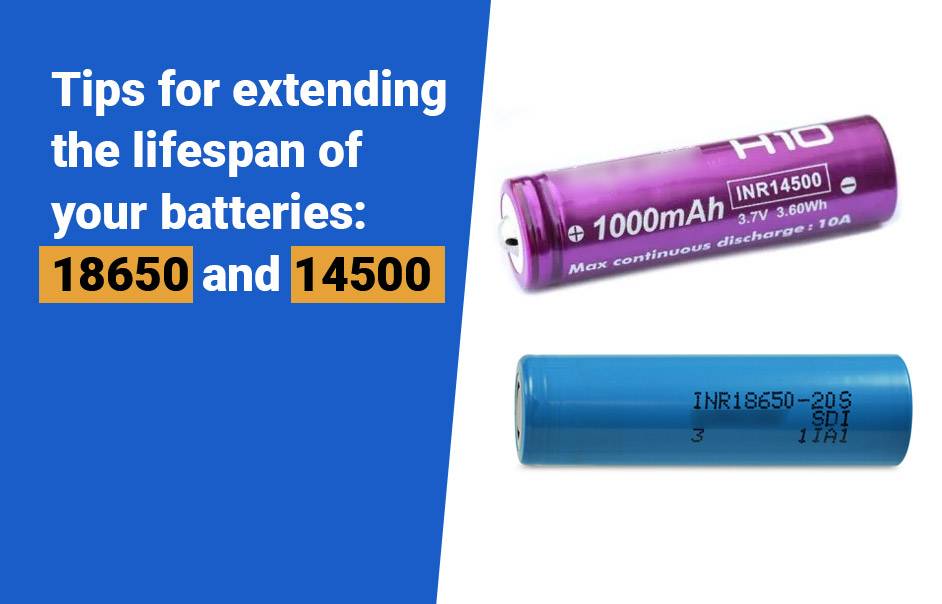
- Storage Wisdom: Keep batteries in a cool, dry place away from extreme temperatures and direct sunlight when not in use. Extreme conditions can impact performance.
- Avoid Deep Discharge: Lithium-ion batteries perform best when kept at partial charge. Try not to fully deplete them before recharging.
- Clean Contacts: Regularly clean battery contacts with a soft cloth or cotton swab dipped in rubbing alcohol to remove dirt or residue that may affect performance.
- Regular Usage: Use your batteries regularly to keep them healthy. Rotate usage if you have multiple sets to prevent any from sitting unused for too long.
- Prevent Overheating: Exposure to high temperatures can significantly shorten battery lifespan. Avoid exposing batteries to excessive heat sources.
Remember these tips to maximize the lifespan of both 18650 and 14500 batteries, ensuring they deliver optimal performance when needed! Stay powered up!
Can a 14500 battery be charged using an AA charger?
How do 18650 and 14500 batteries work?
What are the voltage specifications for 18650 and 14500 batteries?
Which battery type might be better suited for specific applications?
What are the application fields for 14500 batteries?
14500 Li-ion Battery
What are the application fields for 18650 batteries?
Which Flashlights Support 14500 Batteries Fully or Partially?
Do Most Flashlights Allow Use of the 14500 Battery?
What Is a 14500 Battery and How Does It Compare to 18650?
More FAQs
What are the main differences between 18650 and 14500 batteries?
The primary distinctions lie in their size, capacity, and typical applications. The 18650 battery is larger and has higher energy capacity, commonly used in larger electronic devices. In contrast, the 14500 battery is smaller and has lower energy capacity, suitable for compact gadgets.
What are the typical applications of 18650 batteries?
18650 batteries find applications in various devices such as laptops, power tools, electric vehicles, and high-powered flashlights, where longer runtime and higher energy capacity are required.
What are the typical applications of 14500 batteries?
14500 batteries are commonly used in smaller electronic devices such as small flashlights, portable electronics, and certain types of gadgets that prioritize compactness and portability.
Are 18650 and 14500 batteries interchangeable?
Due to their differences in size and capacity, 18650 and 14500 batteries are generally not interchangeable. Devices designed for one type of battery may not accommodate the other properly.
What are the voltage and energy capacity of 18650 and 14500 batteries?
Both 18650 and 14500 batteries typically have a nominal voltage of 3.7 volts. However, the energy capacity of the 18650 battery is generally higher due to its larger size.
What safety precautions should be taken when handling 18650 and 14500 batteries?
Proper handling and care are essential to prevent safety hazards associated with lithium-ion batteries. This includes avoiding overcharging, short-circuiting, and exposure to extreme temperatures, which can lead to overheating, fire, or explosion. It’s crucial to follow manufacturer guidelines and best practices for battery usage and storage.















